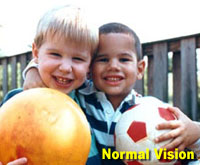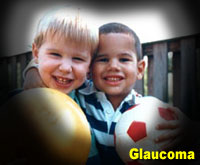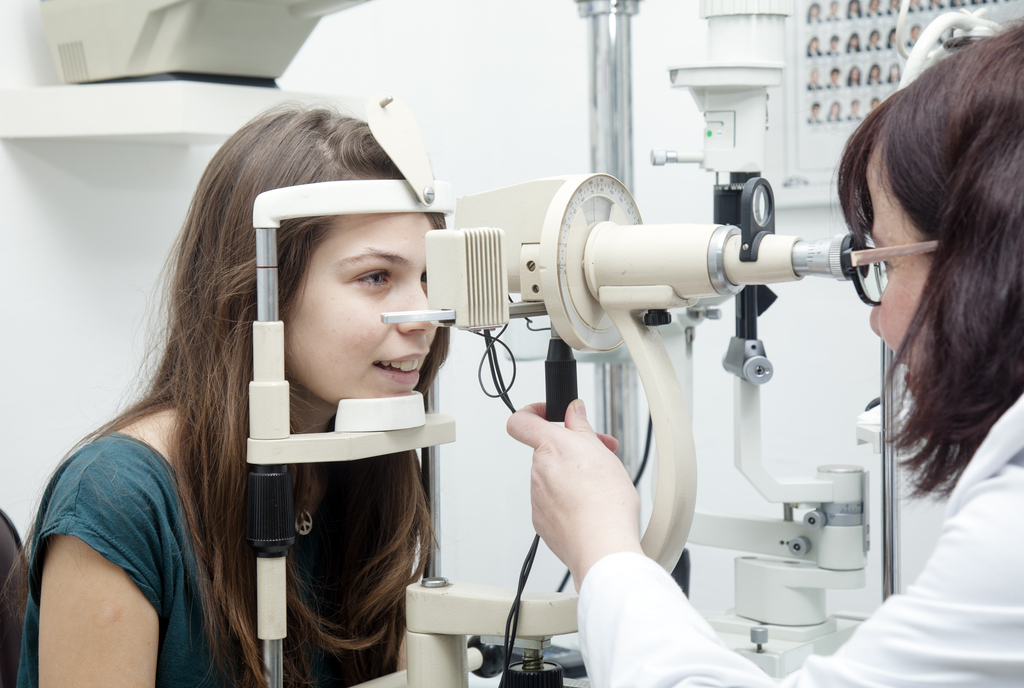Condition
Childhood Glaucoma
What You Need to Know
Glaucoma is a condition in which the normal fluid pressure inside the eyes slowly rises as a result of the fluid aqueous humor not being able to drain properly. In children under age 3, it is called infantile or congenital (present at birth) glaucoma. In older children, it is referred to as childhood glaucoma.
Key Symptoms
Symptoms of childhood glaucoma may include:
- Excessive tearing
- Light sensitivity
- Vision loss
- Other symptoms
Diagnosis
Diagnostic procedures for childhood glaucoma may include:
- A visual acuity test
- Pupil dilation
- A visual field test
- Tonometry
Treatment
Treatment for childhood glaucoma may include:
- Medications
- Surgery
Schedule an Appointment
Our pediatric specialists provide personalized care for your child’s physical, mental and emotional health needs. Meet the providers who treat childhood glaucoma and schedule an appointment today.


Frequently Asked Questions
What is childhood glaucoma?
What causes childhood glaucoma?
What are the symptoms of childhood glaucoma?
How is childhood glaucoma diagnosed?
What is the treatment for childhood glaucoma?
Departments that Treat Childhood Glaucoma

Ophthalmology
See how the pediatric ophthalmologists at Children's National specialize in diagnosing and treating complex eye problems, including strabismus, childhood cataracts, glaucoma and rare congenital disorders.

Help Kids and Make a Difference
Invest in future cures for some of life's most devastating diseases. Give today to help more children grow up stronger.




